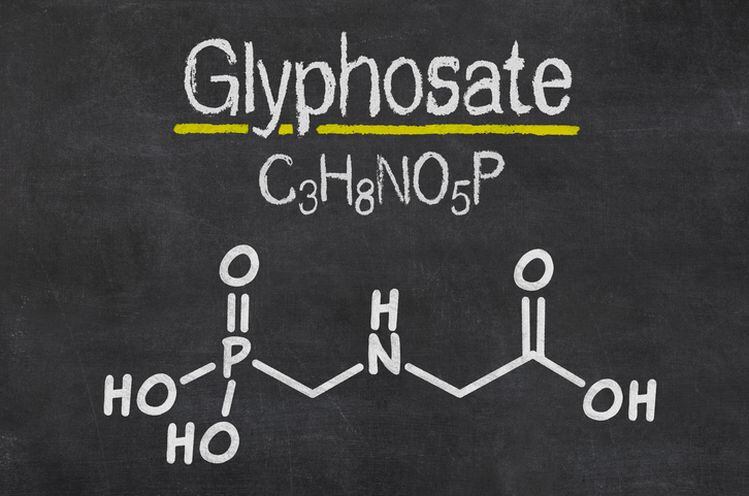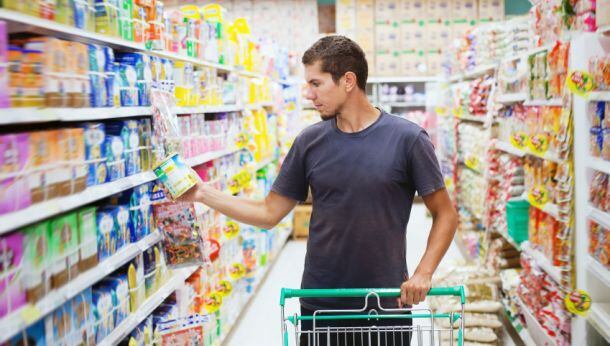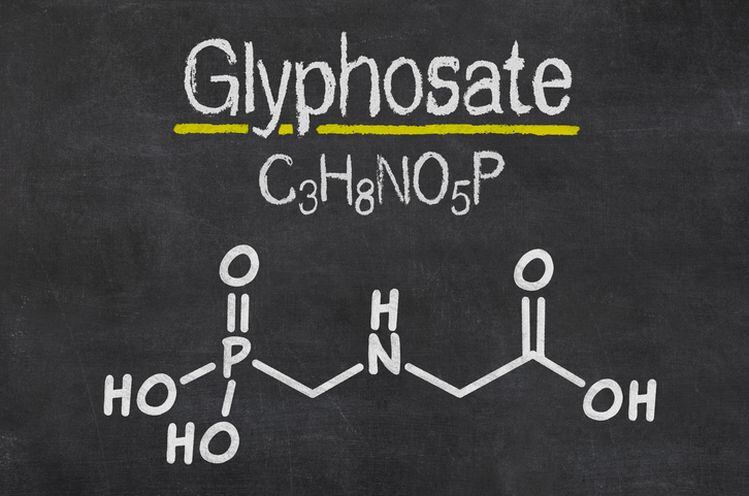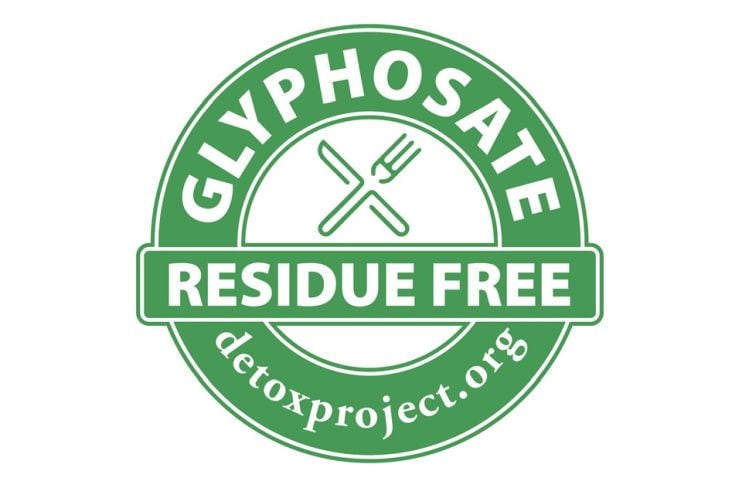In a lawsuit* filed vs Kellogg in California on December 7, plaintiff Mason Kien argued that Kellogg had a duty to disclose the presence of glyphosate in its strawberry Nutrigrain bars and Cracklin’ Oat Bran oat cereal, but failed to do so.
At between 30 and 250 parts per billion (which is between 0.03 and 0.25 parts per million) the levels of glyphosate Kien alleges were in the Kellogg’s products tested by the Environmental Working Group in August 2018 are well below permitted Environmental Protection Agency (EPA) thresholds for glyphosate in oats (set at 30ppm, which is 30,000 ppb).
However, Kien argued that, “Because it is a probable carcinogen … the presence of any amount of glyphosate in the products, no matter whether above or below regulatory limits, is material to reasonable consumers. No reasonable consumer would purchase the products knowing they contained glyphosate. This is particularly true given that there are numerous comparable products without glyphosate.”
Kellogg told FoodNavigator-USA that it doesn’t comment on pending litigation, “but can share that our food is safe. The EPA sets strict standards for safe levels of agricultural residues and the ingredients we purchase from suppliers for our foods fall under these limits.”
Previous cases have not made much headway
So what do attorneys make of the case, one of a series of lawsuits brought against high profile food brands over the past couple of years?
Should food manufacturers be worried – given the ubiquity of glyphosate, which is used as a herbicide in selected crops, but also as a pre-harvest desiccant (drying agent) on many more?
Or are these cases a stretch given that the levels allegedly present in foods are microscopic compared with the levels to which Dewayne Johnson – a former groundskeeper – was allegedly exposed in the recent high-profile case vs Monsanto?
So far, they have not made much headway in the courts.
In a July 2017 ruling tossing out a group of lawsuits against General Mills querying ‘natural’ claims on Nature Valley products containing trace levels of glyphosate, Judge Michael J. Davis said it was “implausible that a reasonable consumer” would believe that the products “could not contain a trace amount of glyphosate that is far below the amount permitted for organic products.”
In a similar case (Axon v. Citrus World and Florida's Natural Growers 1:18-cv-04162) over trace levels of glyphosate in orange juice, the court echoed Davis’s view: "Given the widespread use of herbicides, the court finds it implausible that a reasonable consumer would believe that a product labeled ‘Florida’s Natural’ could not contain a trace amount of glyphosate that is far below the amount deemed tolerable by the FDA.
"Plaintiffs must plausibly allege that a significant portion of the general consuming public or of targeted consumers, acting reasonably in the circumstances, could be misled.”
A slew of cases vs Quaker Oats have also been dismissed on similar grounds.
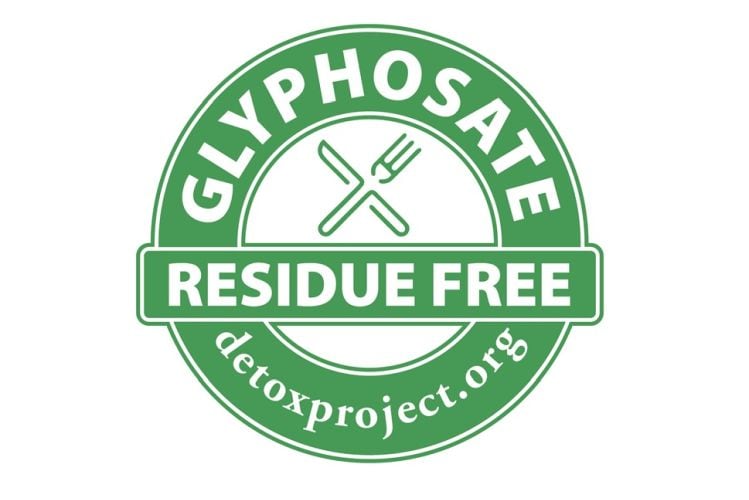
While glyphosate is best-known as a herbicide (weed killer) used on crops genetically engineered to be resistant to it (eg. soy, corn, canola), its presence in breakfast cereals and other products made from oats, wheat, and other conventional (Non GMO) crops is due to a steady rise in its application as a pre-harvest desiccant (drying agent), especially in the northern regions of the Great Plains and the grain belt of Midwestern and western Canada, where cold, wet weather comes early, says The Detox Project – which certifies products as ‘Glyphosate Residue Free.'
Director Henry Rowlands told FoodNavigator-USA: "A lot of the bigger brands are now starting to wake up to the glyphosate issue as a whole and to the problem of desiccation. We have seen a large number of companies starting to get their supply chains to assure them that they are not using glyphosate as a desiccant and this has started to go beyond just the brands.
"China will really change the picture next year as they seem to have also realized that desiccation is the problem, hence the new suggested low MRLs.
"From consulting for two brands at the start of the year I am now consulting for over 120 on the glyphosate issue and other pesticide supply chain issues, and the vast majority have approached us at The Detox Project rather than the other way round.
"There is really a serious storm brewing for brands and supply chains and they know it."
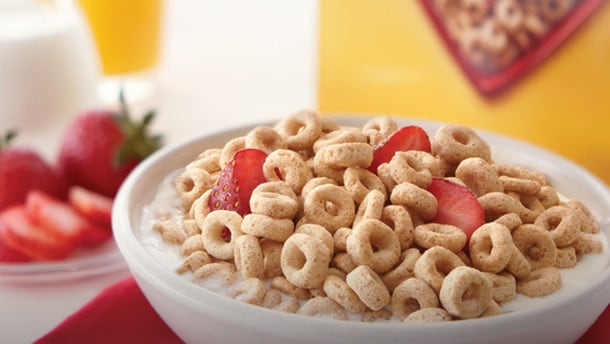
In an October 12, 2018 motion to dismiss a complaint** over “infinitesimal” levels of glyphosate in Cheerios, General Mills argued that the plaintiffs in these cases are demanding a “level of purity entirely untethered from the relevant legal standards the FDA and EPA impose.”
Attorney: 'Companies willing to make supply-chain tweaks are able to turn this negative publicity into a marketing opportunity'
Ryan Kaiser, attorney at Kaiser IP, told FoodNavigator-USA: "I’m really not expecting to see a different result than we’ve seen in the recent glyphosate consumer cases. The Monsanto case concerning the former groundskeeper rests on an entirely different set of facts (namely, the manner and extent of Plaintiff’s exposure to the chemical). I do think the result of the Monsanto case has encouraged plaintiffs (and their attorneys) to file more of these 'trace level' glyphosate cases simply because it has effectively vilified glyphosate on a very public stage.
"Thus, while the legal merits of the claims in the Kellogg case (and their inability to withstand motions to dismiss or challenges to class certification) haven’t changed, the negative publicity aspect to these cases will encourage companies to resolve them privately, or take steps to avoid them altogether.
"We’re seeing the beginning of a trend in claims such as 'glyphosate-free' or 'glyphosate-residue-free' claims products. Companies willing to make supply-chain tweaks are able to turn this negative publicity into a marketing opportunity – make lemonade out of lemons, as my kids would say."
Anthony J Anscombe, partner at law firm Steptoe & Johnson told FoodNavigator-USA that, “There is no duty to disclose irrelevant information, and people who have no injury should not bring lawsuits.”
Foods can be contaminated with all sorts of things
Ivan Wasserman, partner at law firm Amin Talati Upadhye, added: “Absent an affirmative representation that a product does not contain glyphosate, it will be very difficult for plaintiffs to prevail on the theory that a food company somehow deceived reasonable consumers by not informing them that the product contains trace amounts of the substance below allowable levels.
“Foods can be contaminated with all sorts of things, from pesticides to lead to insect parts, and as long as the levels are below government safety standards it is not illegal. While legislation at the state or federal level could potentially force companies to declare the presence of a substance, like the upcoming GMO labeling requirements and California’s Prop 65, that does not currently exist for glyphosate or any number of other substances.”
*The case is Kien v Kellogg Co, 3:18-cv-02759 filed in the southern district of California on December 7, 2018. The plaintiff is represented by attorneys at Bonett, Faribourn, Friedman & Balint P.C.
**Doss v General Mills Inc, 0:18-cv-61924, filed in the southern district of Florida on August 16, 2018. The plaintiff is represented by Scott P. Schlesinger, Jonathan R. Gdanski, and Jeffrey L. Haberman at the Schlesinger Law Offices, P.A.
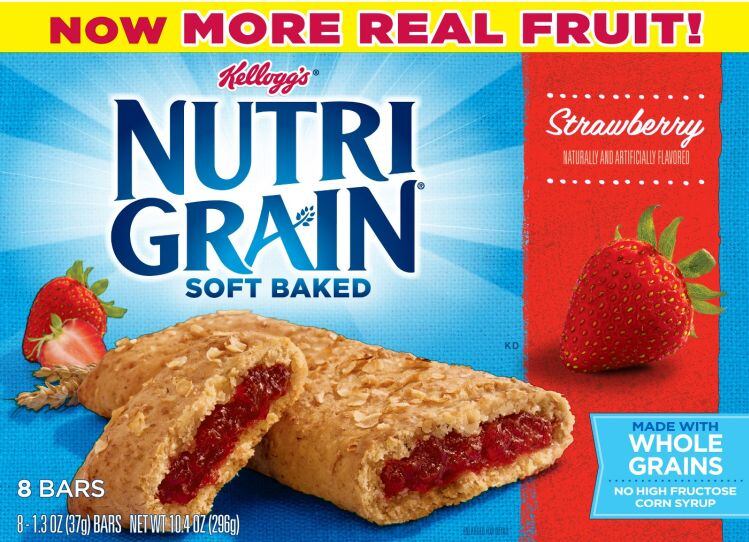
Glyphosate and safety
A 2015 statement from the International Agency for Research on Cancer (IARC) (part of the World Health Organization) that glyphosate was ‘probably carcinogenic to humans’ has given ammo to plaintiff’s attorneys going after Monsanto (which makes glyphosate/RoundUp), as well as food companies utilizing ingredients from crops sprayed with the herbicide, added food law attorneys we spoke to.
However, Monsanto, which developed glyphosate (‘RoundUp’), said it was baffled by the IARC’s statement as “there is no new research or data that was used; the most relevant, scientific data was excluded from review; the conclusion is not supported by scientific data; and there is no link between glyphosate and an increase in cancer when the full data set is included in a rigorous review”.
It also noted that the IARC's findings were inconsistent with those of two other WHO programs – the Core Assessment Group and the International Program on Chemical Safety – which have both concluded glyphosate is not carcinogenic.
A November 2015 report from the European Food Safety Authority (EFSA) also found that "glyphosate is unlikely to pose a carcinogenic hazard to humans and the evidence does not support classification with regard to its carcinogenic potential." Meanwhile, a May 2016 report by the Food and Agriculture Organization of the United Nations' (FAO's) Panel of Experts on Pesticide Residues in Food and the Environment, and the World Health Organization (WHO) Core Assessment Group on Pesticide Residues found that "glyphosate is unlikely to be genotoxic at anticipated dietary exposures."
EFSA further concluded in 2017 that, "The current assessment concluded that the weight of evidence indicates that glyphosate does not have endocrine disrupting properties through oestrogen, androgen, thyroid or steroidogenesis mode of action based on a comprehensive database available in the toxicology area. The available ecotox studies did not contradict this conclusion."
In its December 2017 draft risk assessment the EPA concluded that glyphosate “is not likely to be carcinogenic to humans.”
However, a jury in a landmark case brought by Dewayne Johnson, a 46-year-old former groundskeeper, recently determined that Monsanto’s Roundup weedkiller caused his cancer and that the corporation failed to warn him of the health hazards from exposure.

Bethany Davis, director of advocacy and government affairs at supplement brand MegaFood, which has has petitioned the EPA to ban the use of glyphosate as a desiccant before harvest, told FoodNavigator-USA: "Health risks and exposure for farmers are of the utmost importance. And MegaFood has additional concerns related to how Glyphosate impacts climate and carbon drawdown. Soil health and the robustness of the microbial and fungal life within the soil are intricately linked.
"Glyphosate is patented as a broad spectrum antibiotic and a mineral chelator. Using Glyphosate at the astounding rates that we do in the US and Canada has a major impact on the health of the soil and therefore its ability to drawdown carbon via photosynthesis as well as chelating minerals from the soil, rendering food less nutritious. At MegaFood, we advocate for regenerative agricultural practices that minimize chemical inputs like Glyphosate for better health, healthier soil, more nutritious food and a safer climate."

